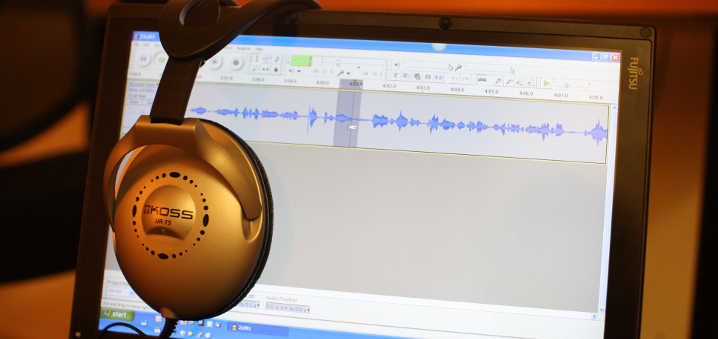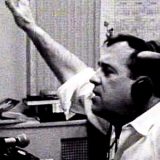The Kindest Cut Of All
There are several good reasons to edit a podcast interview: shortening a long episode; deleting inappropriate or slanderous language; eliminating starts and stops in the interview.
And Then There’s One Great Reason
Every time I make an edit in an interview I ask myself the same question: will this edit make my guest sound good?
A lame-sounding (or worse) guest lowers the credibility of both the guest and your program; and, even if what you put online is exactly what your guest said (and how she said it), if your guest thinks she sounds bad she’s not going to promote her appearance through her social media channels.
Seamless audio editing takes practice. However, there are some simple techniques you can use in your next episode that can turn a less-than-perfect guest into a polished podcast performer (yes, I do get paid by the alliteration…why do you ask?).
The Rhythm of Thinking
Speech is like music. It has a rhythm. Listen for it and you’ll hear it. You can use this rhythm to invisibly snip out unnecessary parts of an interview. For example
Q: Do you think we should do that?
A: Well…I think…that’s a good…I think most people would agree…
What we’re hearing is your guest thinking out loud. That’s one of my favorite targets for the cutting room floor. We can cut those filler words and phrases and end up with your question and your guest’s answer starting with, “I think most people would agree…”
When you make your edit, though, be careful you don’t jam the answer up against your question. That makes your guest sound clairvoyant, since she appears to answer your question almost before you finish asking it. At best, it sounds as if she’s delivering a canned answer to which she’s given exactly zero thought.
Guests need time to think…but not as much time time they take in real life, and not while they’re on the air. This is when I rely on the rhythm of speech.
Dum dum dum da dum dum-dum. That’s what I hear in Do you think we should do that? Do-you-think we should-do-that? Let’s use that rhythm in our edit. After your question, count off, in the same rhythm, dum dum dum da and then start your guest’s answer. Add some silence if you have to or, better yet, find a little room tone (the ambient sound present in even the most quiet-sounding room) from another part of the interview, copy it and paste it as needed to create the appropriate pause.
That little pause will come across as your guest thinking of an answer. And, the answer will start on the downbeat of the conversational rhythm, which sounds quite natural. Try it. You may want to move the answer around a bit, but in general that downbeat will be where you want to start.
The More Things Change the Longer the Pause
Let’s make this more interesting. Suppose all that thinking out loud occurs between two sentences you want to keep in your interview. For example:
Q: What do you think of that?
A: We definitely need to do that. I…it’s…we’re in a position…It’s the only way out.
When you diligently cut out all that stammering and thinking you’re left with
A: We definitely need to do that. It’s the only way out.
Only the edit doesn’t work because the pitch, tone and speed of “We definitely need to to that,” is lower, flatter and slower than that of “It’s the only way out,” which sounds higher, stronger and quicker. When you cut the two segments together the result sounds as if your guest enjoyed three or four intravenous espresso shots in between sentences.
People change tone, emphasis and pitch all the time, only not instantaneously. Spread out the time between the first sentence and the second. The exact spread is a matter of trying it until it works, but usually the greater the difference in pitch, tone and speed the longer the pause you’ll need.
Make a rough approximation of the pause, then fine-tune the timing a tiny bit at a time. Most editing systems have a feature (usually called nudging) that makes this fairly straightforward. You’ll have to trust me on this, but you will know the timing when you hear it. It will practically leap out at you. (You’ll also notice that a little nudge in either direction doesn’t sound quite as good.)
When you’re done with your edit, back up about 10 seconds and listen to your handiwork several times, always keeping in mind the reason you did it: does it make your guest sound good?
You might want to write that question down someplace where you see it every time you edit your show. Does it make my guest sound good? Study it. Memorize it.
There will be a quiz on it…every time you put an episode on the air.









